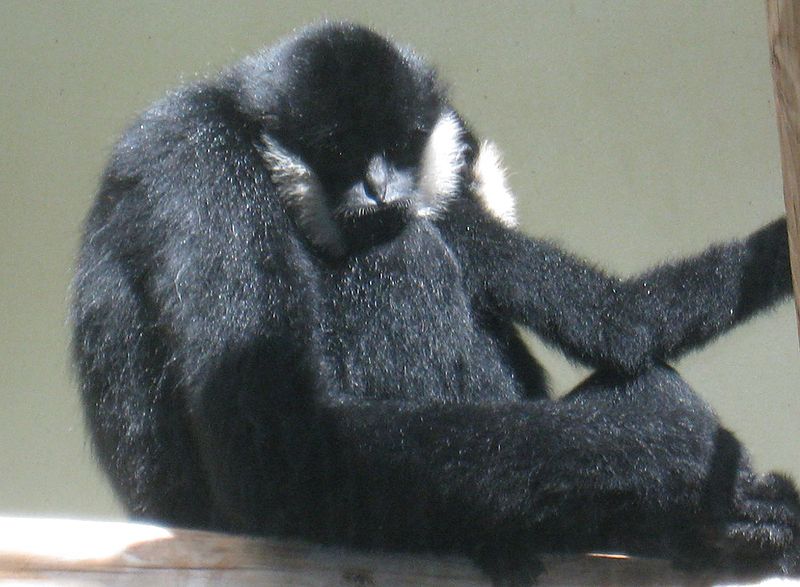The coming year is dedicated to biological diversity, all flora and fauna in all areas: sea, land and air, a year that will be dedicated to knowing and for all that is around us, by chance (perhaps not) in the coming days the cornerstone will be laid for a building - a museum that will serve Israeli biodiversity.

The collection holds thousands of species of arthropods, amphibians, insects, fish, birds and mammals, many of which are no longer in our environment. If we name just a few of the most prominent ones among the missing: the sea urchin (a carnivorous plant), a pers (a raptor that gave its name to the president), a brown bear, a crocodile, cheetahs, these and others disappeared from the landscapes of the country in the last century, together with the occasional reappearance (even in our tiny country ) new species.
In order to know how to preserve biological diversity, the scientific world needs a "barometer for life" that will be a reliable measure of the state of biological species in the environment and their condition at any given place and time, an measure that will be a tool for decisions and actions to preserve nature and the environment. Existing records do not contain enough species from groups such as: fungi (fungi), invertebrates and other series, a lack that prevents you from seeing a clear picture, which will show in detail which species are in danger and enable activity to preserve them.
Researchers from Harvard University, from environmental organizations at the UN and other organizations, claim a lack of sufficient information, writing in Science that a correct barometer would increase the number of endangered species from 48,000 to 160,000. Data on the species will make it possible to identify areas that need immediate intervention.
Information about species and the rate of species extinction is not clear. missing data. As a result, species disappear/extinct before they even know of their existence.
Today, about 1.9 million species are recognized and bear scientific names, but it is estimated that the real number of species exceeds 10 million. As much as there is a better possibility to assess the state of conservation of species that build the natural environment, there will be a better understanding of the "healthy" state of the environment.
In order to reach a full understanding, taxonomy in particular and all branches of biology in general must be stimulated and strengthened. Today, the most authoritative information on the status of endangered species is found in the Red List of the International Organization for the Conservation of the Environment, (IUCN) which checks the status of environmental conservation and species conservation in the last 40 years. The organization provides good information for habitats such as: forests, groves, open areas, etc., but the information on marine environments, bodies of (fresh) water and dry environments is severely lacking, a lack that suggests many more species that should be included in the red list.
Among the 48,000 "registered" species today, there is a tendency in favor of vertebrates - mammals and birds, the index ("barometer") will expand the list of endangered species and allow it to include more representatives of all living systems.
According to the authors, "at the current rate (and funding) of investment in identifying endangered species, it will take 20 years until the list is expanded to include all the species that need protection", "when the state of the natural environment is deteriorating at the current rate, waiting 20 years is unacceptable".
"Expanding the Red List by including species from more systems will bring the number of species in need of protection to 160,000, protecting additional species in different systems will benefit the environment on a global scale, will give planners the opportunity to check environmental consequences and for countries to develop a national index of biological diversity for conservation purposes. "
In recent times, discoveries of new species in the sea and on land have been published, discoveries that only confirm the large gap in the existing information about nature. This deficiency can be filled with the help of studies, surveys and comprehensive tests. The authors are aware of the financial cost of monitoring, identifying and collecting information on additional species, a cost that is estimated to reach 60 million dollars.
In previous lists I wrote and showed how preserving nature, preserving the environment is an economic lever, and indeed, according to the researchers, promoting the index ("barometer") will also promote an economic point of view that will show that spending on research will be an investment for the benefit of the environment and thus also for the benefit of humanity.

2 תגובות
http://www.enviroliteracy.org/article.php/58.html
Ten million species is an old estimate, dating back to when I was a first year student and the number of known species was only one and a half million. Today we are talking about much more than that. And these are apparently multicellular. Regarding single cells or microorganisms, the estimates range from several tens of millions to several billions.
During my post doctorate I dealt with the biological diversity of bacteria in the soil of the country and some interesting and strange findings were discovered in this matter. I hope that this year the articles will be published in the professional literature and then we can also give more details.
Greetings friends,
Ami Bachar